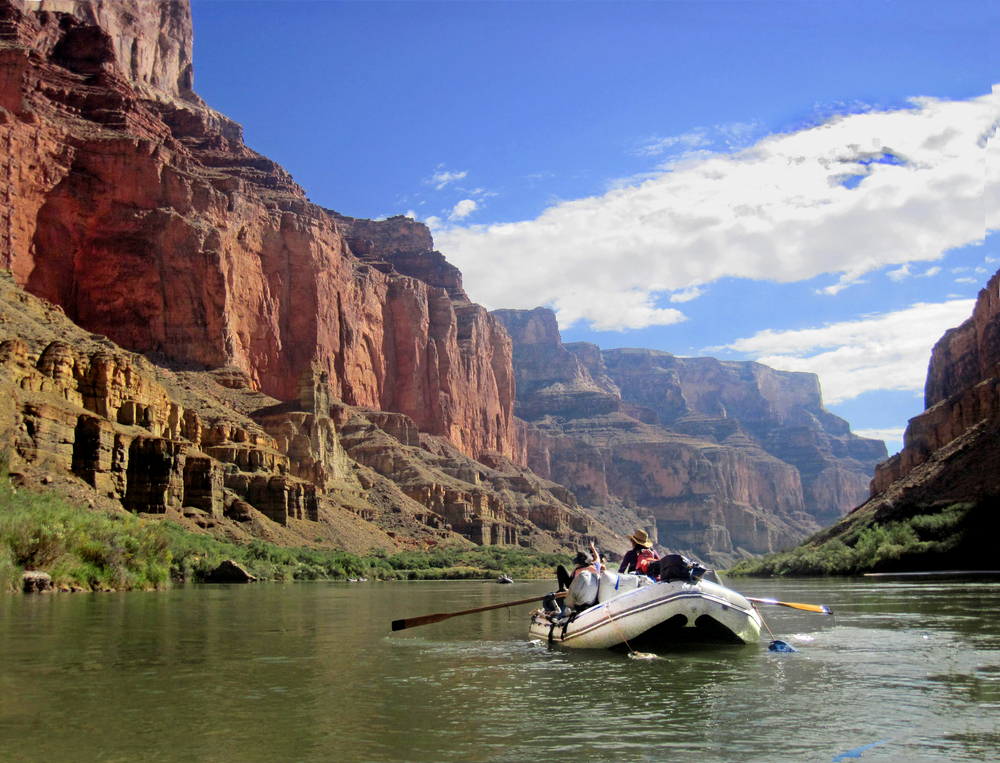I’ve been river rafting just one time in my life. We paid for a guided trip down Idaho’s famous “River of No Return — the Salmon,” and spent the day traveling stretches of rapids and stretches of calm. It was exhilarating enough for a newbie but not enough to ever feel like my life or livelihood was seriously at risk.
But I’ve also seen that same river at flood stage, and it is downright scary looking. There is simply too much water in the riverbanks going too fast, too many rocks underneath shaping the rapids, and too much uncertainty about which way your raft might go. Even an experienced guide who has shot Class VI rapids might not have the skill or strength to ensure the passengers of their raft would make it through at that stage.
In many ways, this is where doctors, other medical providers and, sometimes, even clinic administrators are at right now. The “rapid” pace of change in the health care industry is so volatile, so uncertain, so complex that it has created Class VI monsters ready to swallow doctors whole. In the past, this river used to have some dangerous places that could be anticipated and planned for, followed by smooth waters to recover in before the next rough patch. But no more — it’s just one giant raging tumbler after another.
Your patients are rating you online: How to respond. Manage your online reputation: A social media guide. Find out how.



